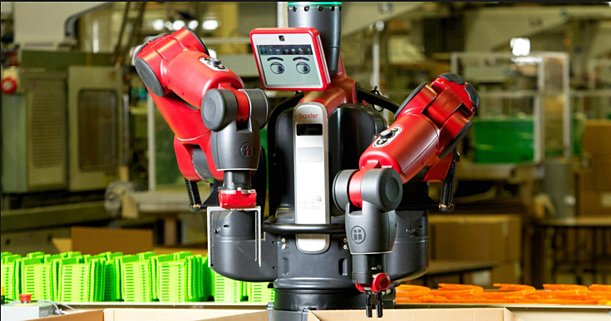
Every industry has those dirty, dull, and dangerous tasks that no human desires, but they have to be done. Whether the job entails inspecting hazardous waste sites, surveying enemy grounds in battle, or mundane and repetitive assembly line tasks, many organizations and individual lives are affected and improved by the robots that work in their midst. Though the option hasn’t been available until very recently in human history, robotics are now realizing that there are some things better left to machines than in the hands of valuable human workers.
Dirty Jobs
In many cases it’s the potential for human error that promotes robotic innovations that answer questions within the three D’s of industry. In the health industry sanitation is of the utmost importance, and it can take hours to sterilize an operating room. Furthermore, there are dozens of infections that spread in hospitals and actually do harm – sometimes fatally – to patients who ought to be improving in health. Cleaning surfaces with certain chemical cleaners has actually proven to induce antibiotic resistance, especially to particularly troublesome spores. The TRU-D Rapid Room Disinfection, a remotely operated robotic technology designed to tackle this problem of sanitation in the health care industry.
Dull Jobs

Manufacturing has seen the advent of many coworking robots that are not only more affordable than traditional industrial robotic
systems, but are safe to work outside of their own confined spaces. The most well-known among these cobots is Baxter from Rethink Robotics who is being used in manufacturing facilities around the country. General Electric has set a precedent in the manufacturing world as a company actively seeking out dirty, dull, and dangerous tasks where robots could easily free the hands of their skilled workers. In 2014 they announced their Cobot Challenge, a company-wide search for optimal Baxter tasks. They landed on four manufacturing facilities where Baxter now stands alongside assembly line workers, optimizing production and allowing workers to focus on safer or higher skilled tasks.
Dangerous Jobs
In light of natural disasters like the Fukushima power plant explosion following the earthquake in 2011, many efforts are under way to replace humans with robots in the wake of disaster. With the staggering contamination that swept the area with the collapse of multiple nuclear reactors, radiation in certain areas within the plant is so high, even five years later, that it could be fatal to a human within minutes. Still in the midst of this disaster with no way to send humans into the perilous environment, the Japanese government has turned to the robotics industry to develop inspection, cleaning and response robots.
Regardless of the industry you are working in there are bound to be countless jobs that fall under the categories of dirty, dull or dangerous for which robots exist. With applications expanding rapidly and the advent of cobots, there have never been so many opportunities to incorporate advanced technology into every facet of industry.